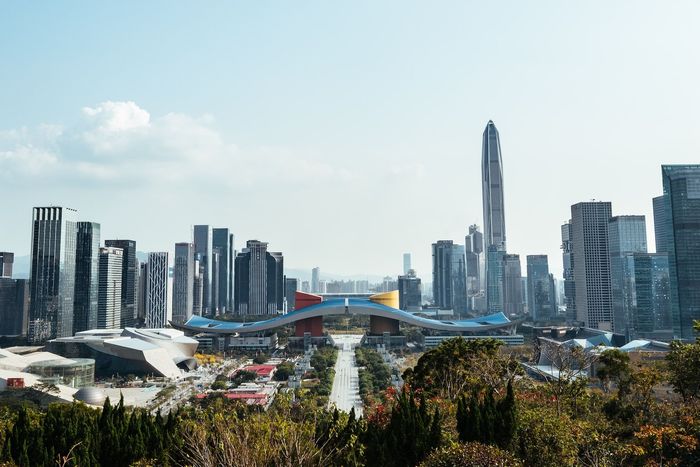IWA’s Resource Recovery from Water Cluster is delighted to present the results for its Best Practice Award 2023. The objective of the award is to raise awareness of existing solutions to effectively recover resources from water and wastewater, which can provide an alternative and economical source of resources and reduce water stress through a more circular approach. Such recovery within the water cycle can yield valuable resources, including reclaimed water, energy, and precious nutrients and metals.
The cluster received a high number of applications and the 2023 edition resulted in three highly commended finalists recognised for their best practices and exemplary solutions. These are:
- Closing the nutrient loop through nature-based treatment system in Devanahalli, Bengaluru, India (CDD, India) – Watch the video here
- CellCap: Recovery and reuse of cellulose recovered from sewage (CirTec B.V., the Netherlands) – Watch the video here
- Circularity in the water cycle: reuse of iron sludge as flocculant (KWR Water Research Institute, the Netherlands) – Watch the video here
The Award was presented during the 5th IWA International Resource Recovery Conference in Shenzhen, China, on 1-4 November 2023. The winner selected from the finalists is: Circularity in the water cycle: reuse of iron sludge as flocculant (KWR Water Research Institute, the Netherlands)
On behalf of the judging panel and sponsors, Olaf van der Kolk, AquaMinerals, commented:
“Over the last years, we’ve seen a lot of good ideas and excellent research in the field of resource recovery from water. A big challenge is transferring these ideas and research outcomes into practical and mature new material chains. We see an increasingly number of successes and find it important to put these pioneers in the spotlight. In this way we honour them, but also show the world that it can be done!”
